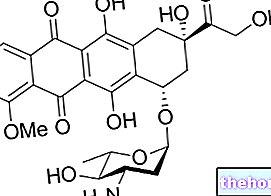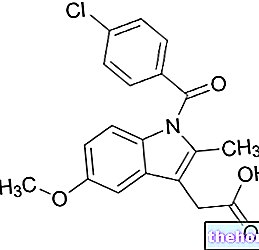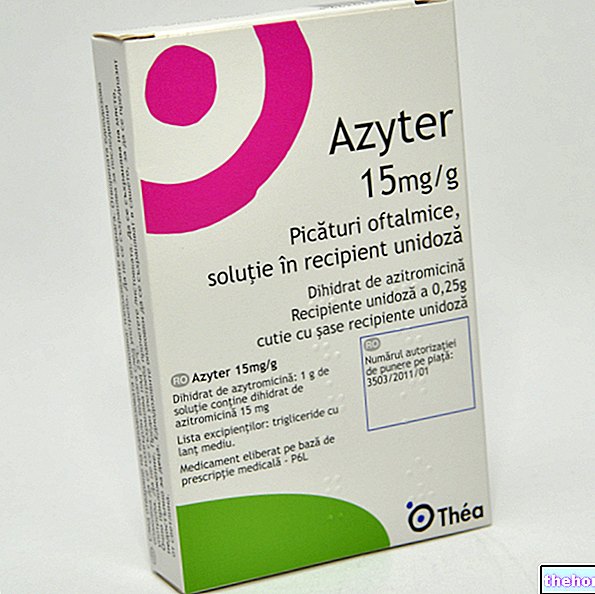
Diuretics are a rather large group of drugs that include different active ingredients that act in different ways. Based on the mechanism of action and / or on the renal area on which they act, it is possible to classify these drugs. We will go into more detail below.
they act on the whole nephron and not in a very specific area unlike the other types of diuretics that we will later list. Their presence in the tubular lumen draws water from the interstitial space for osmotic reasons.
Osmotic diuretics therefore lead to the elimination of large quantities of water but not sodium.
Mannitol belongs to this group of diuretics. Therapeutic indications concern the treatment of acute renal failure, the treatment of intracranial hypertension, the reduction of intraocular pressure and the increase in the excretion of toxic substances via the urinary route.
Among the possible side effects, we remember: nausea, vomiting, diarrhea, headache, hypotension.
(HCO₃⁻), sodium, potassium and water. In this way, diuresis and alkalinization of the urine occur.Acetazolamide belongs to this group of diuretics.
Among the therapeutic indications we find the treatment of heart failure edema, glaucoma, ocular swelling (edema) caused by fluid accumulation and epilepsy.
Among the side effects, however, we remember: nausea, vomiting, diarrhea, drowsiness, confusion, tinnitus, anorexia, electrolyte disturbances, increased risk of kidney stones.
Did you know that ...
There are carbonic anhydrase inhibitors that are included in the composition of eye drops with specific indications for the treatment of glaucoma. We are talking about brinzolamide and dorzolamide.
they are so called as they are the only ones not to cause hypokalaemia. They act in the terminal part of the distal tubule and in the collecting duct.
This group contains active ingredients such as:
- The spironolactone which acts by antagonizing the receptors for aldosterone. Normally, this mineralocorticoid just mentioned allows the reabsorption of sodium and water and the excretion of potassium. Thanks to its antagonistic action, spironolactone blocks the increase in sodium and chlorine reabsorption and the increase in potassium excretion induced by aldosterone. In this way, therefore, spironolactone is able to determine a diuretic effect in oedematous states sustained by hyperaldosteronism (one of the therapeutic indications of this active ingredient).
- The amiloride which acts by inhibiting the sodium channel located on the luminal part of the membrane at the level of the distal tubule and the collecting duct. This channel reabsorbs sodium ions thanks to the electrochemical gradient created by a localized Na⁺ pump in the basolateral part of the cell and which carries sodium ions into the interstitial space.
Potassium-sparing diuretics are usually used in combination with thiazide diuretics or Ansa diuretics to reduce their hypokalaemia effect. Due to its antagonistic effect against aldosterone, as already mentioned, spironolactone is also used in case of hyperaldosteronism.
Possible side effects include: gastrointestinal disorders, skin reactions, headache (Note: side effects may vary according to the active ingredient taken into consideration and its association with other active ingredients).
- at the distal tubule.More specifically, thiazides act as inhibitors of sodium and chlorine symport: by blocking the simultaneous sodium and chlorine transporter at the distal level, they reduce the reabsorption of water and sodium at the level of the distal convoluted tubule, hence a reduction in water retention. saline, cardiac output and peripheral resistance, accompanied by an increase in the volume of urine expelled (lower blood volume).
Thiazide drugs are effective antihypertensive agents but - precisely by virtue of their mechanism of action - they induce serious ionic imbalances, such as hypokalaemia.
Clearly, the pharmacology of thiazide drugs is carried out in the kidney, so that when introduced orally they are metabolized and conducted in the kidney. More specifically, they reach the proximal convoluted tubule by ultrafiltration or active secretion, from which they then reach the distal convoluted tubule.
They are defined as "upper limit diuretics", as they have a dose-dependent effect; however, there is a threshold value beyond which the effect of thiazide diuretics cannot be further enhanced.
It has been shown that part of the diuretic action of these drugs is mediated by prostaglandins, for which there is a pharmacological interference of thiazides with NSAIDs, which reduce their effect by inhibiting the synthesis of prostaglandins.
Active ingredients such as hydrochlorothiazide and chlorthalidone belong to this group of diuretics.
The therapeutic uses of these drugs concern the chronic treatment of mild or moderate hypertension and the treatment of cardiac, renal or hepatic edema.They can be used both in monotherapy and in combination therapy together with other active ingredients, generally with antihypertensive action.
The side effects, as already mentioned, induce ionic imbalances, especially hypokalaemia, dangerous for the elderly with heart problems and in digitalis therapy; in this case it is necessary to intervene with potassium supplements or foods rich in potassium, or again to associate potassium-sparing drugs with thiazides.
and football. They are fast and effective drugs, considered as diuretics with high intensity of action, but even in this case there is a risk of running into serious ionic imbalances not only of potassium, but also of magnesium and calcium (hence the need to integrate these minerals In addition, they are ototoxic drugs, ie toxic to the nerves of the hearing system. This side effect is enhanced, for example, by aminoglycoside antibiotics.Given their powerful and rapid action, therapeutic use is common in emergencies such as cardiac, hepatic and renal edema. Some loop diuretics may also be indicated in cases of peripheral edema, hypertension, acute and chronic renal failure and other conditions and pathologies.
This group of drugs includes active ingredients such as: furosemide, torasemide and ethacrynic acid.




























